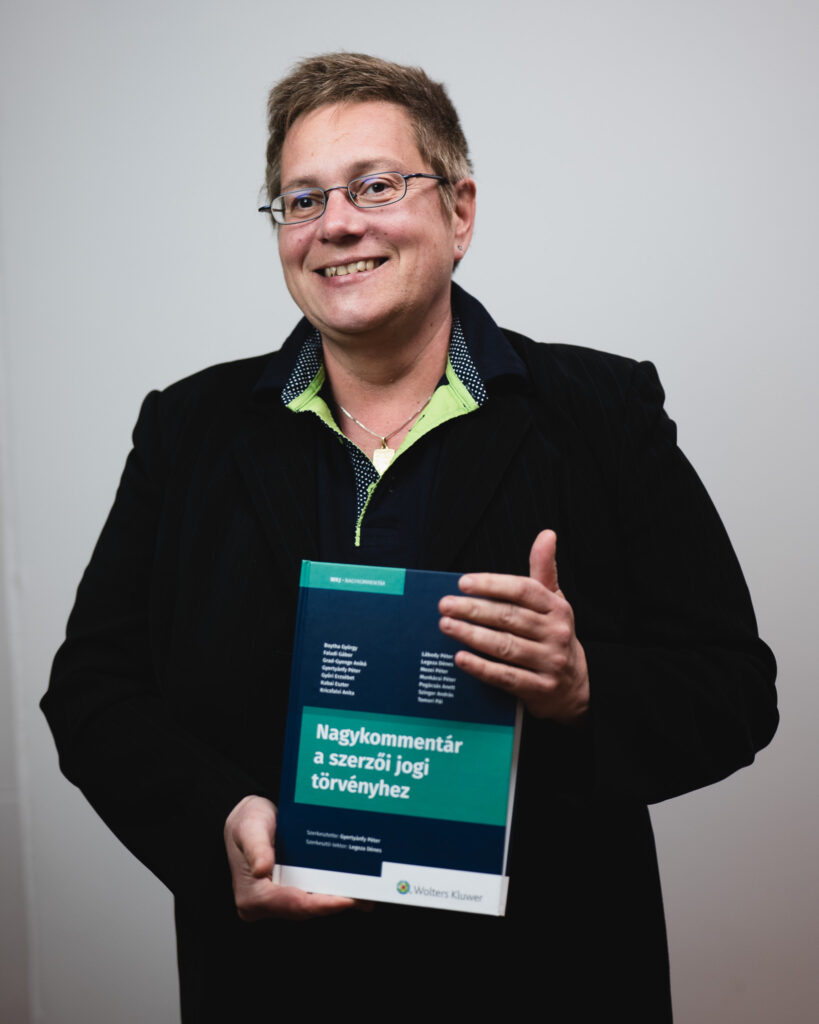
Dr. Anita Kricsfalvi
Lawyer, writer, tourism expert.
Graduated at the Faculty of Law in Budapest in 1996, I am currently member of the Budapest Attorney’s Bar since 1999 and member of the Hungarian Copyright Expert Board.
I have been the owner of my copyright, media&audiovisual and real estate business law office since 1999. My professional experiences as a lawyer include international entertainment law and related contracting, copyright legal cases, legal aspects of tourism and restaurant management business.
I am a tourism and wine gastronomy expert, with a wset3 sommelier degree.
I have constructed and run a family Enoteca restaurant between 2010-2021 named Zenterasz with authentic Italian-Hungarian kitchen in a touristic area, at the castle entry in Nógrád Hungary, which has a new owner since 2021.
Restaurant Zenterasz
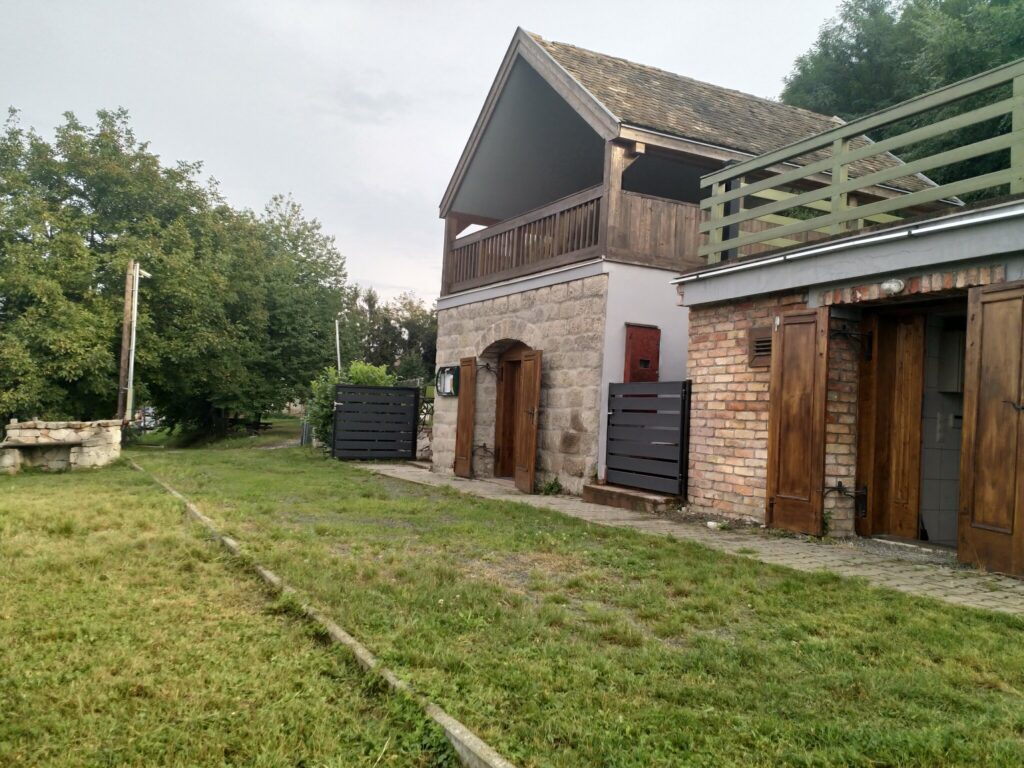
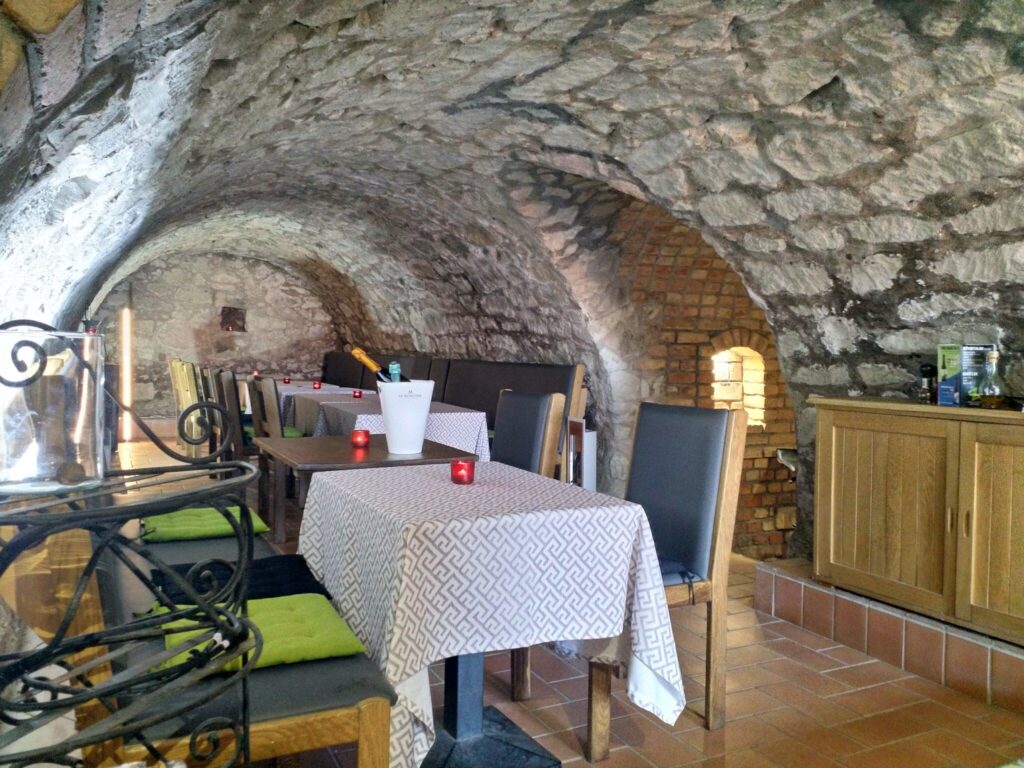
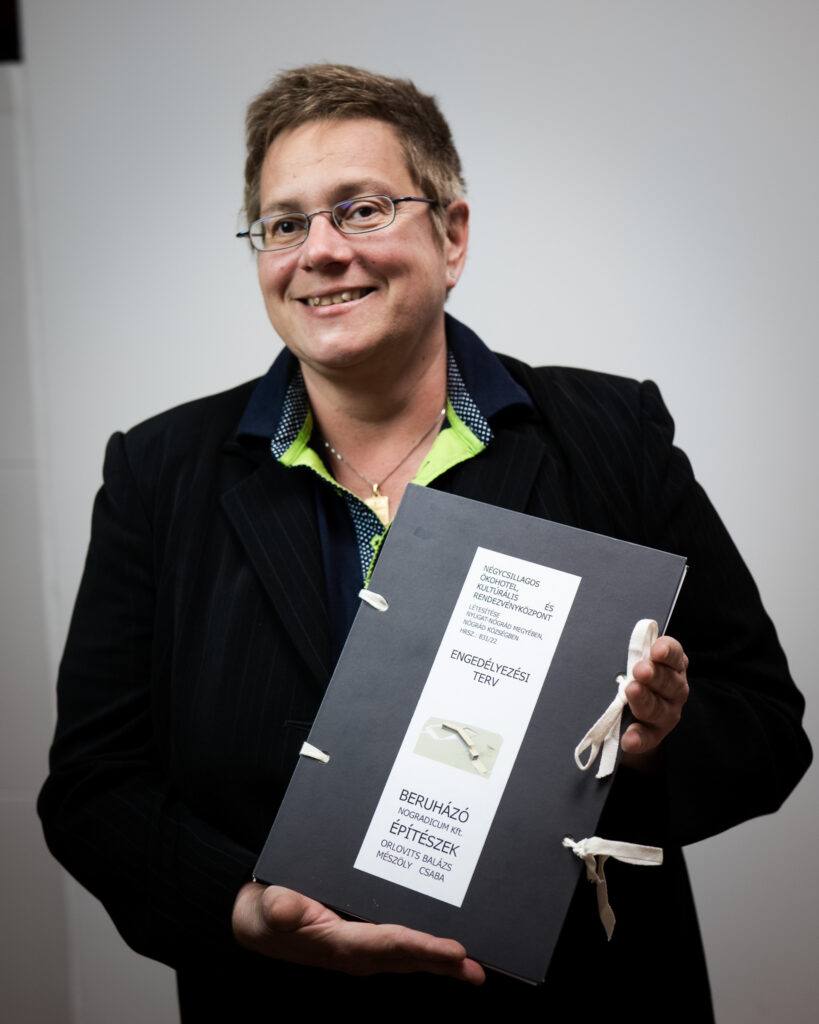
I am the owner and project manager of a touristic development project for an ecohotel construction, with business plan, architectural plans and pheasibility study currently for sale for investment and construction 50km from Budapest, in Nógrád, which is an important touristic area in a National Park.
I am closely related to entertainment business, not only as a lawyer, but also as a writer. I have my own cultural and entertainment projects (Reward centre, Aren’t we all fluid?).
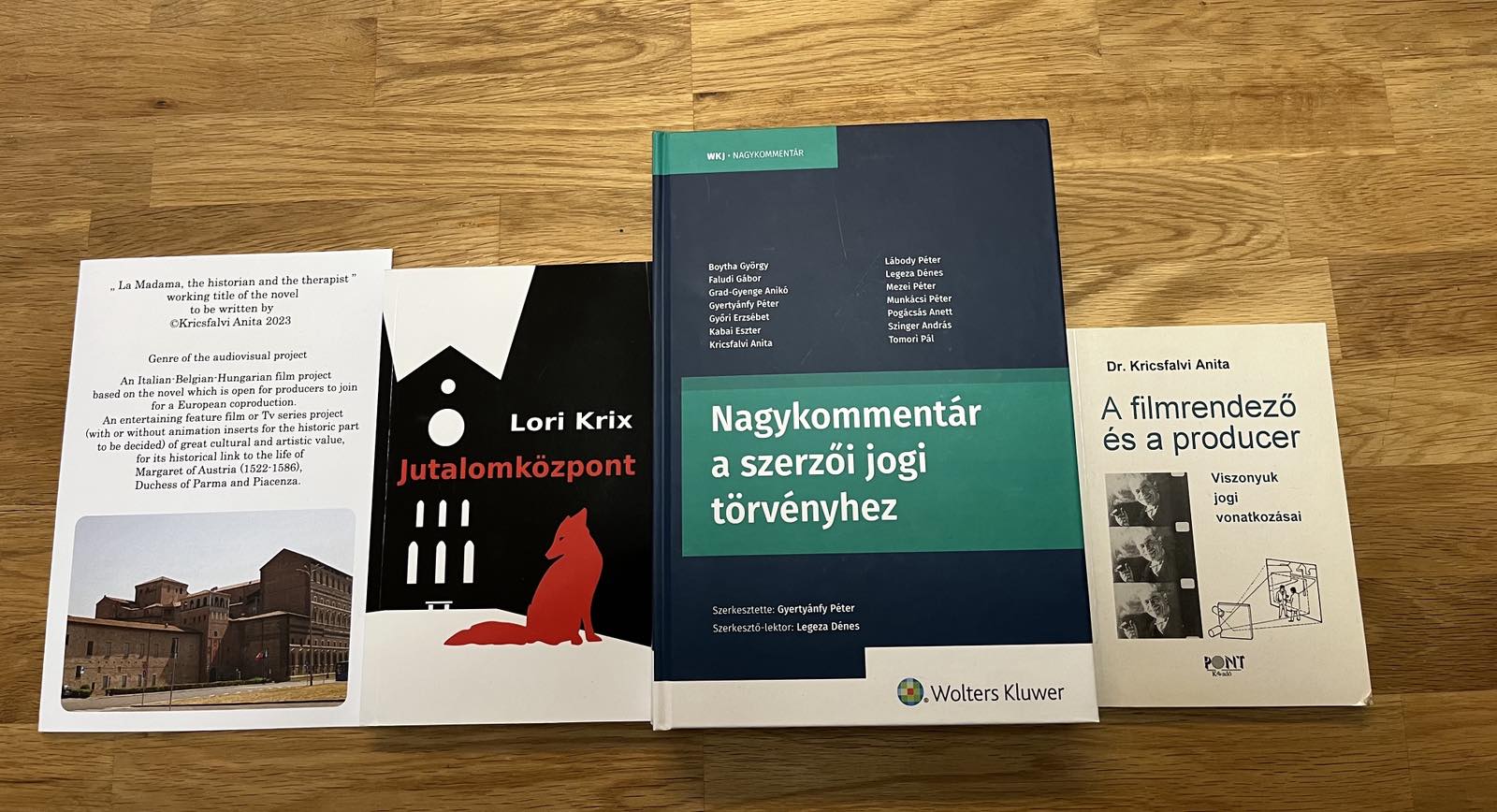
Working languauges: English, French, Italian, Hungarian
